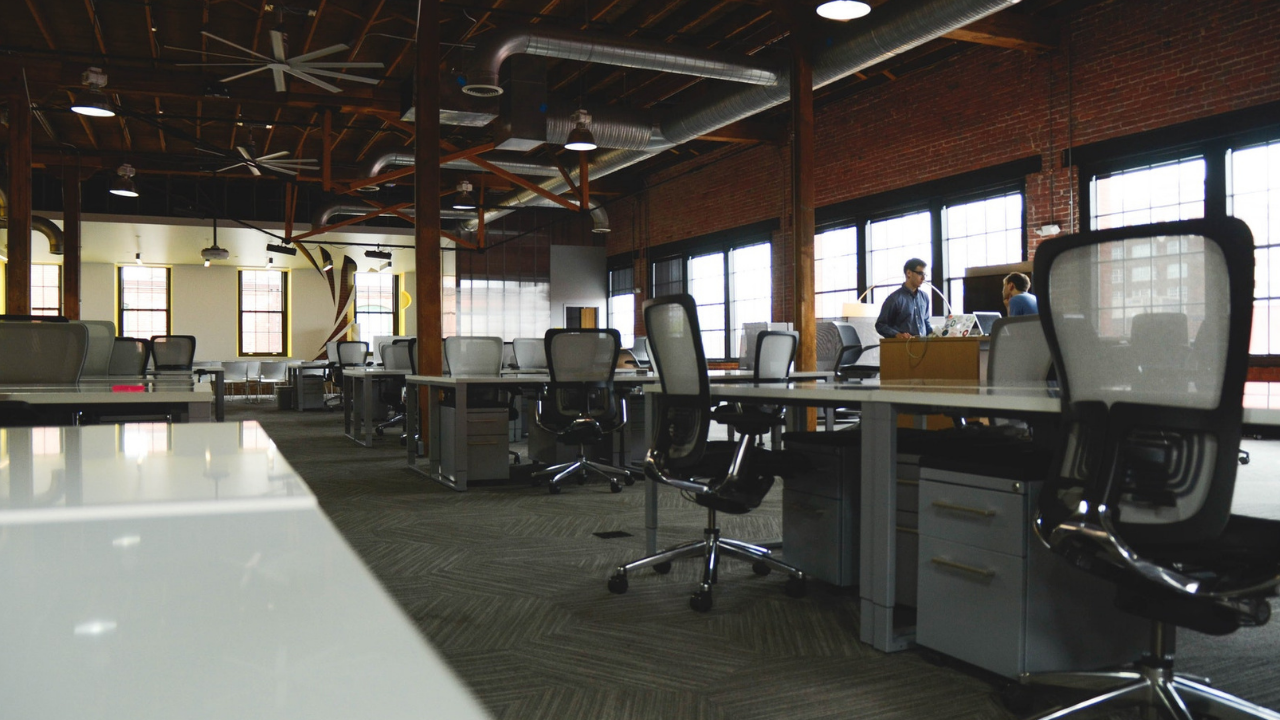The office space is constantly going through phases to adapt to society’s needs. As we enter the phase of flexibility, the industry is at a crossroads and must evolve in a way that accommodates new safety standards.
Flexible workspaces have become the unexpected solution for large companies looking to stay agile and asset-light during these times of economic uncertainty.
Younger generations, particularly Millennials, have been attracted to flexible workspaces since their growth in popularity nearly a decade ago. The use of these spaces not only helps organizations to stay nimble, but also offers professionals the freedom to choose where and when they work.
Flexible offices also help companies tap into new markets to expand their business, as well as their talent pool. This is particularly helpful in a time of remote working when professionals want to come back to the office, but would prefer a place closer to their homes.
One of the biggest reasons that a company may opt for flexible workspaces is simply for the cost-effectiveness. These offices typically involve signing cheaper, short-term leases and are already outfitted with the necessary amenities.


 Dr. Gleb Tsipursky – The Office Whisperer
Dr. Gleb Tsipursky – The Office Whisperer Nirit Cohen – WorkFutures
Nirit Cohen – WorkFutures Angela Howard – Culture Expert
Angela Howard – Culture Expert Drew Jones – Design & Innovation
Drew Jones – Design & Innovation Jonathan Price – CRE & Flex Expert
Jonathan Price – CRE & Flex Expert











